Industrial Development Full Speed Ahead While Community Left In The Dark
Aerial view of the Morne Docteur/Woodford community showing the plant development
St. John, Grenada. 12 February 2025 — The residents of Morne Docteur (Woodford) have expressed growing concerns about the ongoing industrial development in their community, led by Rayneau Construction. Over the last several months, there has been a wave of industrial activity, including tree removal and land clearing, to facilitate the construction of a processing plant of some kind. The heavy machinery frequenting the site has also led to increased traffic and noise and dust pollution which plagues the surrounding community. Yet, the community was never consulted or informed of the activities either before work began nor at any time since.
This is not due to a lack of trying on the community’s part. In August and September 2024, representatives of the community reached out to the Physical Development Authority (PDA) for information, requesting to know three simple things: whether the project has an official planning and registration number, when it was approved, and if and where this information was publicly accessible. After receiving no response in 2024, the community wrote again to PDA last month, this time formally requesting a consultation with stakeholders to be held by February 4th, 2025—however, due to the late response by PDA on February 3rd, the residents were unable to mobilize in time. The meeting has been rescheduled for later this week so we await the results of this first engagement with the community.
Located right on the border of St. George and St. John, Woodford is a picturesque rural area inhabited by a small, tight-knit community. The community’s livelihoods depend on fishing and especially agriculture, as the land is fertile and largely undeveloped. The feeder road that passes through the community leads to the hills above where several farmers cultivate a variety of crops as well as raise livestock. Like many areas in Grenada, Woodford has historical and cultural significance in its remnants of plantation history, including a waterwheel and sugar mill. All aspects of life in this community, from the social and economic to the environmental and cultural, are under threat from this plant development.
Social, environmental, and cultural effects of the development
The community has several concerns over the potential health and environmental effects from the development. Residents are vulnerable to further degradation of the air quality due to the rising dust levels from construction, which can cause or exacerbate respiratory and other health issues. During the first phase of plant construction (late 2024), work was carried out day and night, causing continuous noise and dust pollution that affected community well-being. This unregulated activity heightened concerns about the impact on residents’ health and quality of life. While the current phase has seen improvements, with work hours regulated between 8 a.m. and 4 p.m., the community remains worried about the impact of excessive noise and airborne dust on their daily life. If the proper environmental and health assessments have been done for the project, those certainly were not shared with the community.
Furthermore, the deforestation and land changes to date raise concerns about water contamination, soil stability, and potential flooding due to land clearing. This reduces the availability of clean fresh water for use by the community in homes and on farms, as well as increases the risk of landslides and flooding in times of heavy rain. Morne Docteur is also just upstream of Halifax Bay, where sedimentation from the disturbance and runoff from the plant will likely further impact water quality and useability of the beach. That is, if access to the beach is retained at all—a large swath of land between the western main road and the bay have been cleared, for reasons yet unknown, and the community’s future access to the beach is still uncertain. Access to the farms inland of the plant site are also compromised, as the feeder road collapsed in early February, and while it is impossible to say exactly what caused it, it was likely due to the destabilization of the soil during the plant’s construction. Farmers from Woodford and beyond are now unable to get to their lands as they did before, except by carrying their equipment two or three miles uphill, all before beginning their day’s work.
Our cultural heritage is also at risk from this development. On site at Morne Docteur are several colonial ruins that tell part of Grenada’s history, including a waterwheel, canal, sugar mill, and other unidentified structures. Historian Dr. John Angus Martin provided us with some useful background on the former Woodford Estate:
“Walking through the bushes at Woodford towards the beach I was glad to see how much of the ruins of the old sugar works remained. Many of these ruins are disappearing across the islands and we haven’t even catalogued this part of our tangible heritage and history. Woodford Estate goes back to the early 1700s as Petit Havre when it started as an indigo estate, and grew coffee before it produced sugar in the late 1700s. Around the old sugar works you can see abandoned cocoa trees, illustrating the deep history of the area. It would be sad to see all of that disappear.”
Past discussions considered declaring the area a national park to recognize both its ecological and cultural significance, but those protections unfortunately never came to pass.
However, Woodford is recognized as an Important Bird Area (IBA; GD001) due to its potential as habitat for the Grenada Dove (1). The Dove is one of only a handful of species endemic to Grenada—completely unique and found only here—and its situation is bleak with less than 140 individuals estimated at the last census, over 15 years ago. Our Critically Endangered national bird has only two suitable strongholds, Mt. Hartman and Perseverance, both of which are under varying levels of stress from commercial development, and landfill and industrial operations, respectively. Woodford’s designation as an IBA offers no legal protection, but rather highlights it as an area for prioritized research and action to better conserve the birds, including our Dove, that live there.
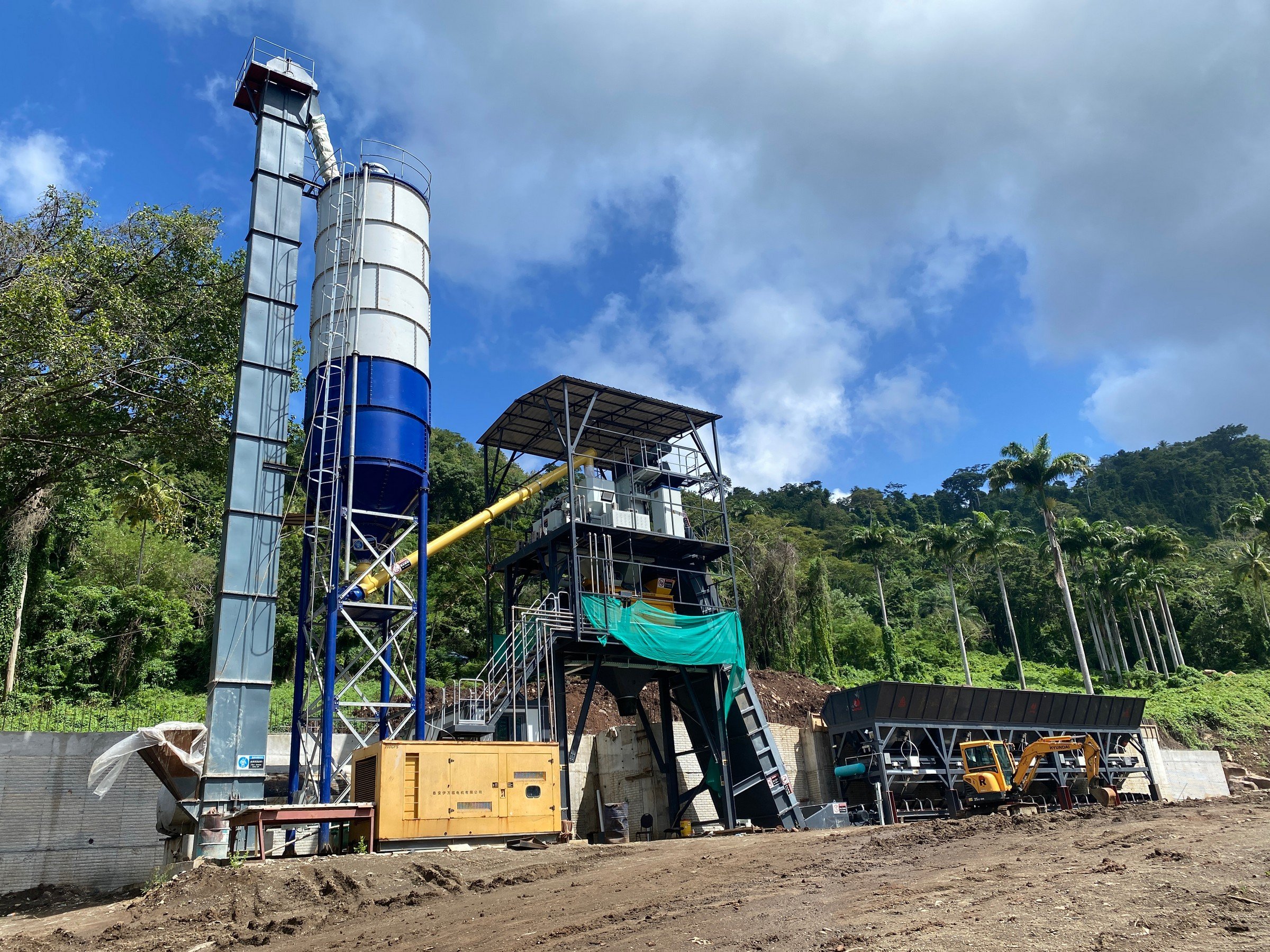

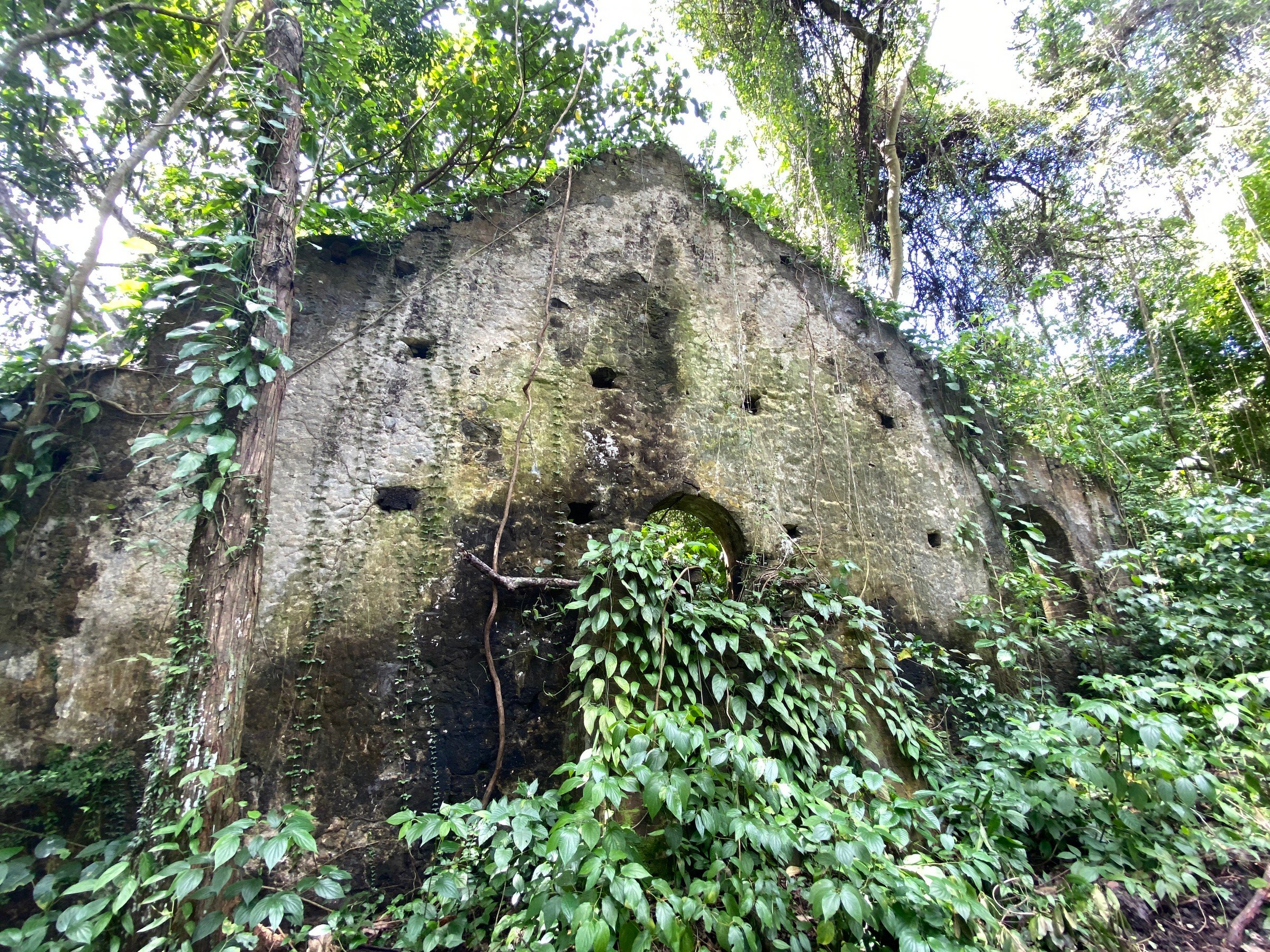
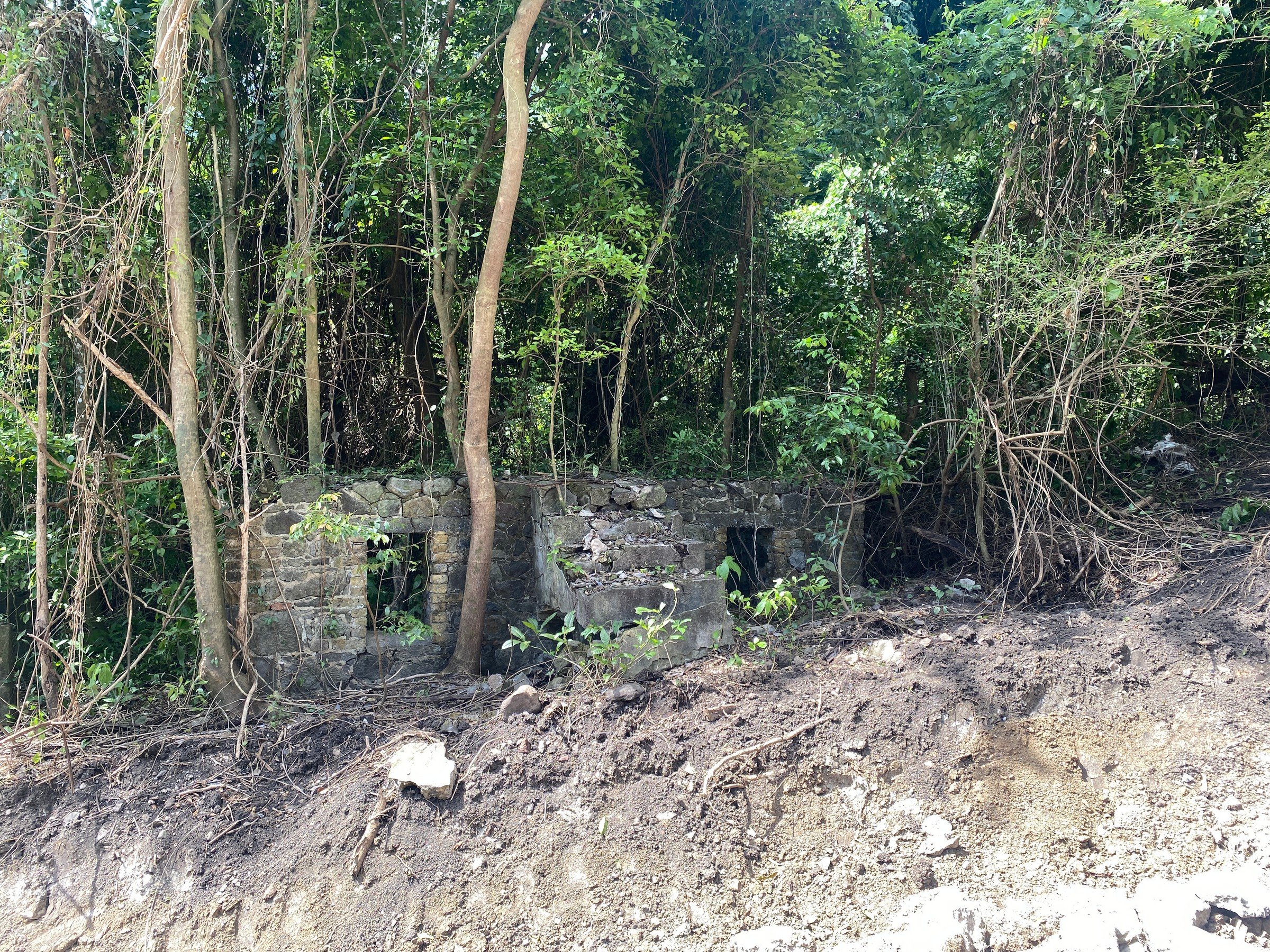
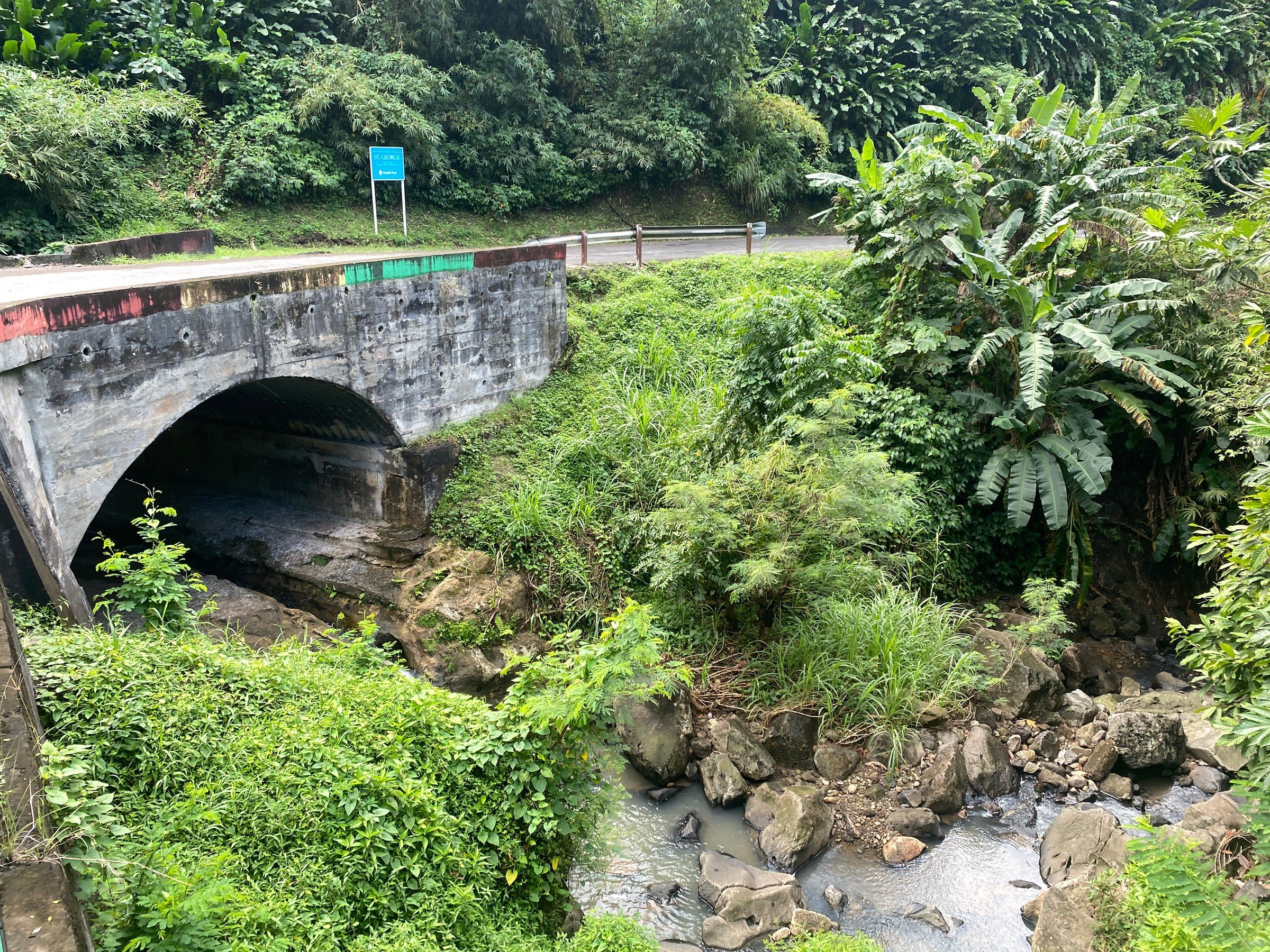

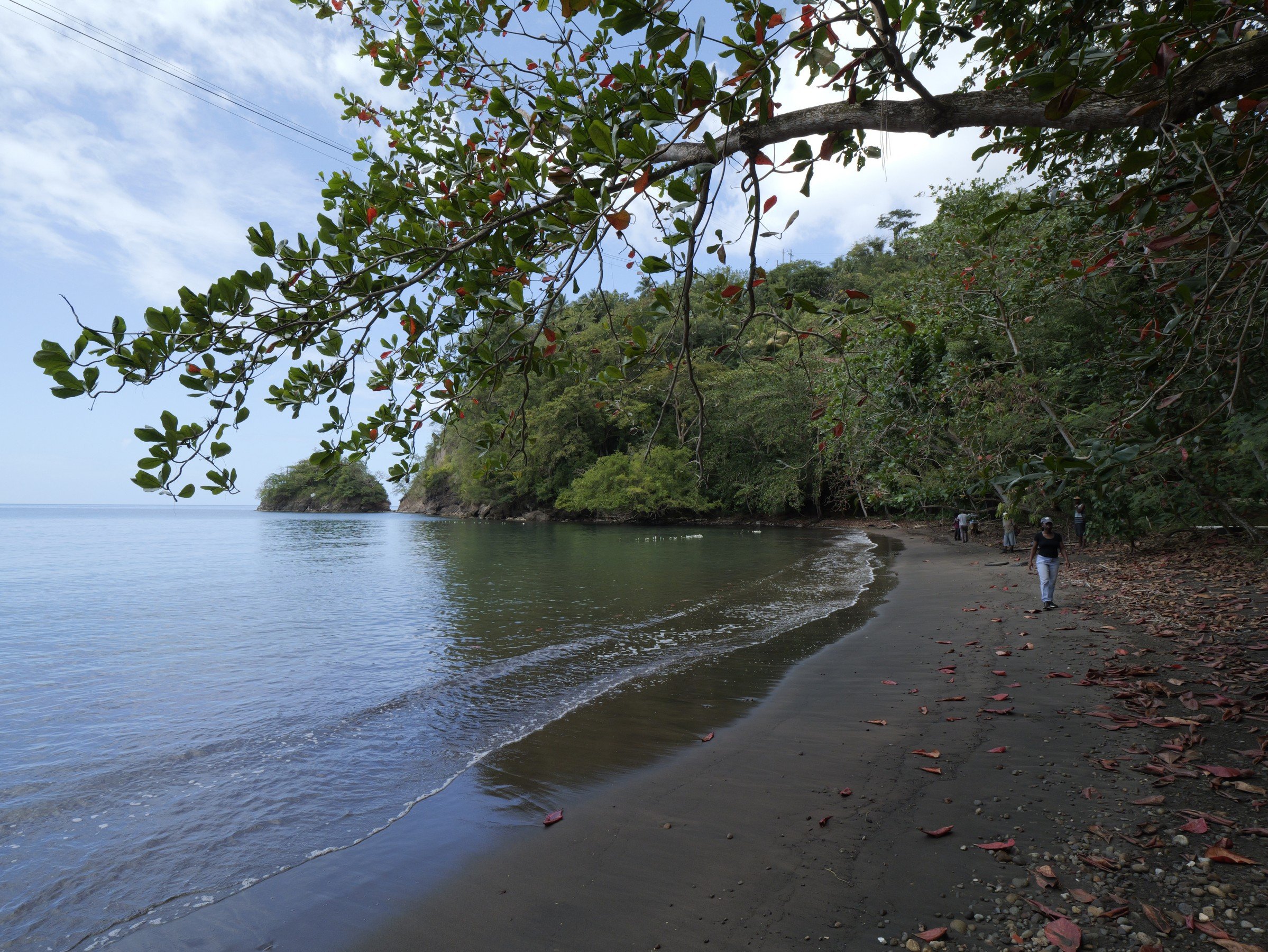
National context and the reason for the development
In an online interview this past Sunday on his platform, The Bubb Report (2), Dr. Kellon Bubb revealed that the plant will be a permanent asphalt processing plant. Throughout the conversation with a representative of the Ministry of Infrastructure, Mr. Kevin Blache, and a long-time Woodford resident, Mr. Wilton Hector, they discussed the community’s various concerns regarding the development, and especially, the lack of answers for their concerns. The plant is said to be the initiative of a private company, i.e., Rayneau Construction and Industrial Equipment Ltd. of St. Lucia. The plant is intended to increase Grenada’s capacity for asphalt production to meet the demands of repairs and maintenance to the island’s road network. It was unclear whether the plant would be producing hot mix or cold mix asphalt, but the production processes, and thus the fumes and effluent produced as a byproduct, would vary between the two, causing differing degrees of disturbance to the residents.
These types of disturbances are not new to the residents of Morne Docteur. The Perseverance landfill is less than a kilometer away, and community members have been subjected to flies, unpleasant smells, and fumes from regular trash fires for years. In fact, there is another private asphalt plant at Perseverance, which produces hot mix asphalt, and this only adds to the concoction that the Woodford community breathes in every day. At some point early last year, when the Perseverance fires were so bad that community members reached out to Public Health for some recourse, they were simply told to wear masks—in their comfort of their homes? To recognize that air quality is so bad that you recommend persons wear masks at home, yet do nothing about it, is unjust. There is no denying that garbage collection and asphalt production are essential services for the proper functioning of our nation, but why should the Woodford community solely bear the brunt of these services?
The need for community engagement
The most concerning part of all is the lack of community consultation throughout these issues. The plant construction is happening, quite literally, in their backyards—the closest house is less than 100 m (~322 ft) away from the main plant structure—and still nothing has been said to the community. No introductions were made, no input was sought, and whether an Environmental and Social Impact Assessment even exists for this project remains to be seen. The radio silence from the company and government alike towards the community members speaks volumes. Again, the community’s requests are simple: they are seeking public access to project documentation, including the planning and registration number, approval date, and related compliance records. Rayneau may be a private company operating on privately owned land, but where is the government regulation in the planning process? A conversation with the existing community around what will be a permanent and significant operation impacting their quality of life and livelihoods is common courtesy.
The lack of communication and transparency with the community violates the Escazú Agreement, which Grenada ratified in 2023. This treaty, formally the “Regional Agreement on Access to Information, Public Participation and Justice in Environmental Matters in Latin America and the Caribbean” guarantees citizens the right to access information about environmental matters and to voice their concerns. This applies not just to the Morne Docteur community, who are already directly affected, but to all Grenadians, who should be informed of and involved in matters relating to the environment and the sustainable development thereof.
This article does not seek to decry development nor asphalt plants. These are essential services that contribute to a functional Grenada. Asphalt production is especially important with all the road expansions and improvements underway, including ongoing repairs to roads damaged by the heavy rains and flooding last November. The residents also acknowledge that there may be potential opportunities from the development, from job creation and short-term economic stimulation, as well as the long-term benefits from local infrastructure improvement. But the process is as important as the end-product. People’s lives, and those of their descendants, are at stake, as this asphalt plant will impact air quality, soil and water quality, land access, and property values for generations to come. The least they deserve is to have their voices heard. As Mr. Hector said on The Bubb Report (2),
“It’s not about funding, it’s not about development, it’s not about road, it’s not about anything. This is about people, and the people’s welfare.”
Morne Docteur is at a crucial juncture, where traditional agricultural activities and cultural heritage must coexist with new industrial development. Effective monitoring and management of this project are essential to maintain the area’s natural beauty, cultural identity, and agricultural productivity while enabling sustainable economic growth. We urge the relevant authorities to listen to the community and address their concerns before proceeding any further with this development. The best time to engage the residents of Woodford about these plans was before construction began; the next best time is now.
References:
1: Rusk, B.L. 2009. Grenada. Pages 229–234 in Important Bird Areas Americas - Priority sites for biodiversity conservation. BirdLife International, Quito, Ecuador (BirdLife Conservation Series No. 16).
2: Triaging Grenada’s Road Infrastructure Challenges. 9 Feb 2025. The Bubb Report, live on Facebook. https://fb.watch/xEQD3fIQdu/. 1:49:00–2:32:00.

